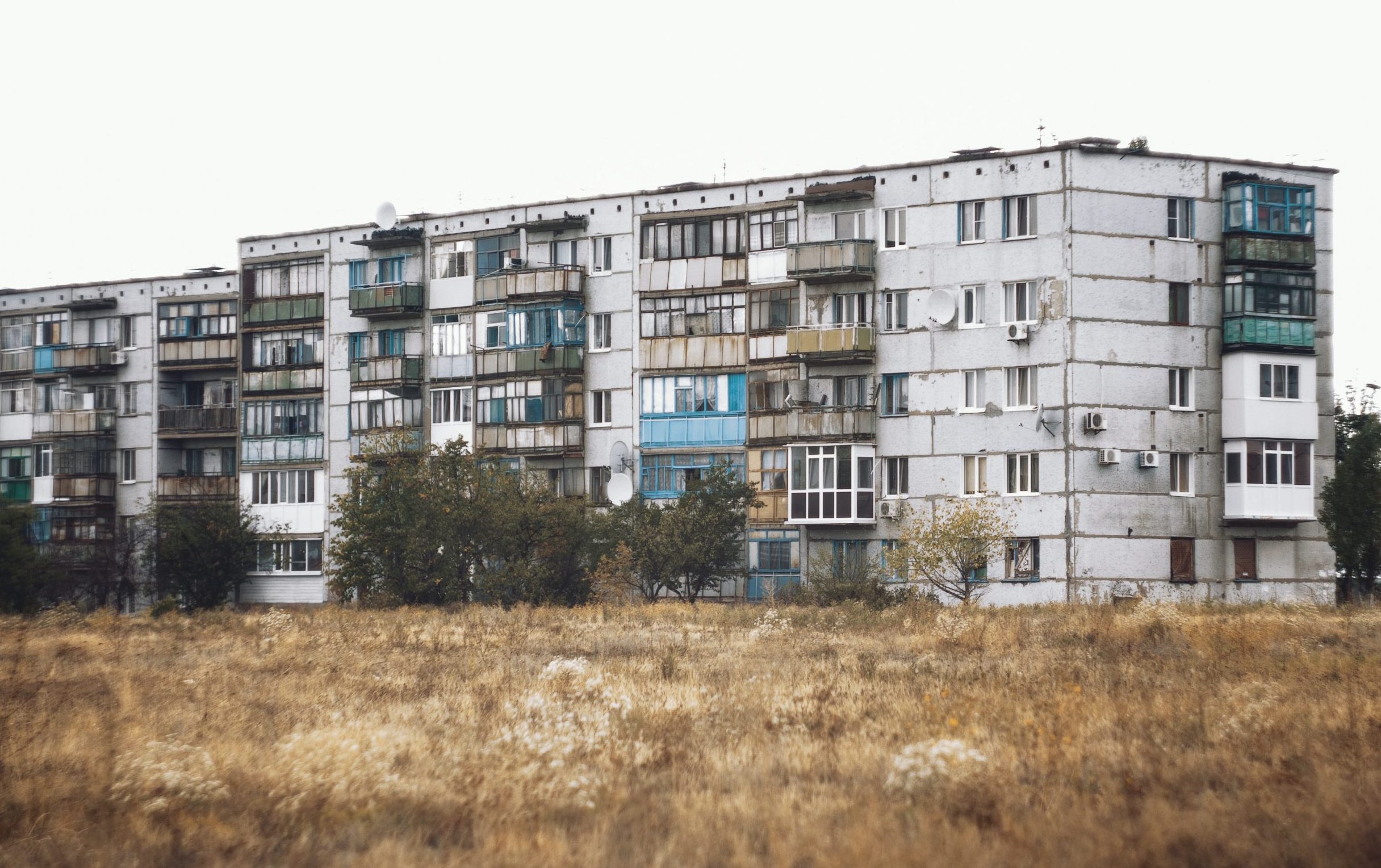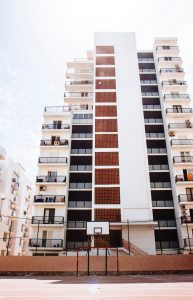Low-income housing placements in communities can have a significant impact on the economic cycle of poverty. By providing affordable housing options, individuals and families living in poverty can break the cycle of underprivileged, low-income living by establishing roots in their new community. With one key solution, low-income housing placements offer a viable solution to break the vicious cycle of poverty and create lasting social change. In this article, we’ll explore the real implications and positive outcomes associated with low-income housing placement initiatives, how it has been implemented successfully in various cities around the world, and how you can help create meaningful change within your community.
Defining Poverty and Low-Income Housing
There are many ways to define poverty, but most experts agree that it is primarily a lack of money or resources. Low-income housing is housing that costs less than the median income in an area and is intended for people who cannot afford market-rate housing.

There are numerous types of low-income housing, including public housing, Section 8 vouchers, and subsidized private apartments. Each type has its own eligibility requirements and rules. For example, public housing is usually reserved for people with very low incomes, while Section 8 vouchers can be used by people with slightly higher incomes.
The Impact of Low-Income Housing Placements
Low-income housing can have a profound impact on the lives of those who live in it. It can provide stability and security, which are often lacking in other types of housing arrangements. It can also give residents access to important services and amenities, such as healthcare and education. Additionally, living in low-income housing can help build community ties and social networks that can be vital for escaping poverty.
The Impact of Low-Income Housing on Families and Children
It is well-documented that growing up in poverty can have a lasting impact on children and families. Poor housing conditions are one of the many stressors that families living in poverty must contend with. A recent study by sociologists Matthew Deslauriers and Robert Grigsby found that low-income housing placements can play a role in breaking the cycle of poverty for some families.

The study followed a group of families who were placed in low-income housing developments in Los Angeles County. The researchers found that the families who were placed in these developments experienced improved mental and physical health, increased social capital, and increased economic stability. While not all of the families in the study were able to completely break out of poverty, the findings suggest that low-income housing placements can help improve the lives of families living in poverty.
Breaking the Cycle of Poverty through Low-Income Housing
There is no one-size-fits-all solution to breaking the cycle of poverty, but one way to make a lasting impact is through low-income housing placements. Low-income housing placements provide families with safe and affordable places to live, which can help break the cycle of poverty by:
1. Giving families a stable place to live: A safe and affordable place to call home can provide stability for families who are struggling to make ends meet. This stability can be especially important for children, who need a stable environment to thrive.
2. freeing up money for other necessities: When families are not spending a large portion of their income on housing, they have more resources available to cover other basic needs like food and clothing. This can help break the cycle of poverty by giving families the means to live a healthier and more balanced lifestyle.
3. increasing access to education and job opportunities: When families have stable housing, they are more likely to have access to quality schools and good jobs. This increased access can help break the cycle of poverty by giving children the opportunity to get a great education and parents the chance to earn a livable wage.
Low-income housing placements can have a significant impact on breaking the cycle of poverty. By providing safe and affordable housing, families are able to save money and invest in their future. Low-income housing placements also provide access to essential services and support systems that can help families escape poverty. While there is no one silver bullet for breaking the cycle of poverty, low-income housing placements are an important part of the solution.
